If Hurricane Rebuilding Is Affordable Only for the Wealthy, This Is the Florida You Get | Opinion – the New York Times
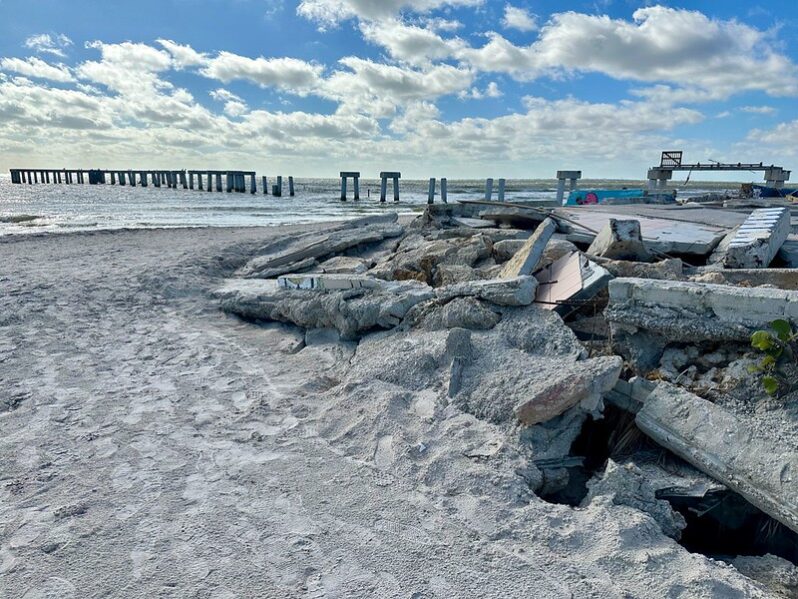
When Hurricane Ian…made landfall nearly a year ago, a storm surge as high as 15 feet left the town of Fort Myers Beach nearly submerged for several hours.Today…the island reveals countless properties recently cleared of debris selling for millions and even tens of millions of dollars…
Hurricane Milton Is Terrifying, and It Is Just the Start | Opinion – the New York Times

As Hurricane Milton roars toward Florida’s west coast with winds that spiked to a staggering 180 miles per hour, we are witnessing a new reality. Supercharged hurricanes are no longer outliers, freak disasters or storms of the century…
Photos: The Aftermath of Hurricane Helene – the Atlantic
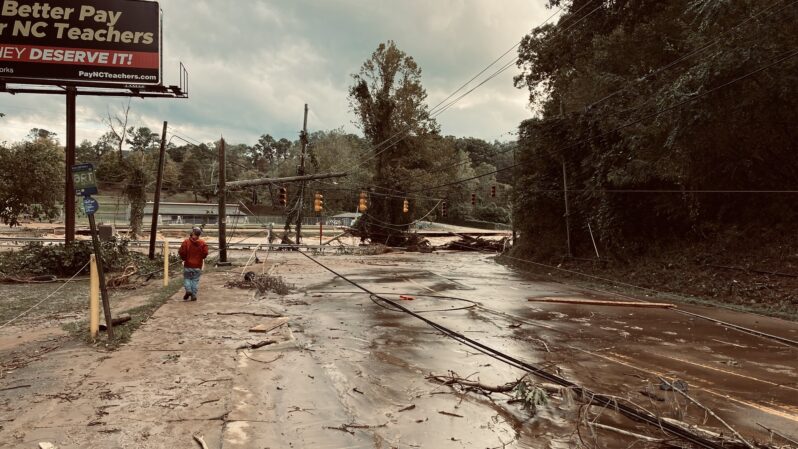
Late Thursday night, Hurricane Helene made landfall in Florida as a Category 4 hurricane, with winds gusting up to 140 mph…Millions remain without power as first responders work to reach those in need and search for survivors…
In Charleston, floods are a ‘constant existential fear’ – the Washington Post
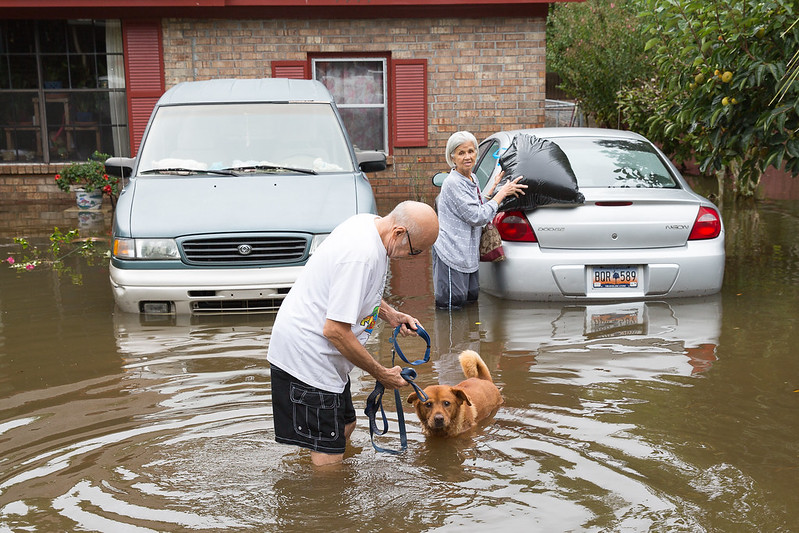
Charleston, S.C., is weary from a parade of floods that go back a decade. The city is taking action to confront the risk, but Debby offered more proof of how tall a task it faces….
Photos: Beryl makes landfall on Texas coast as Category 1 storm – the Washington Post
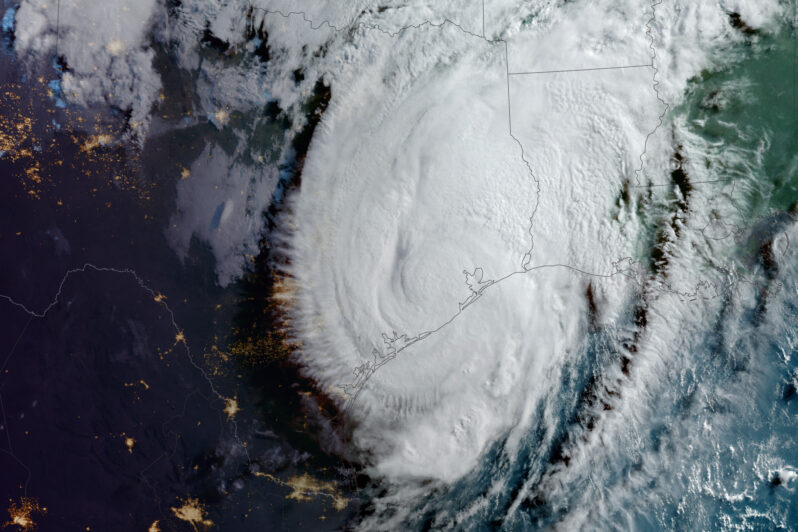
Hurricane Beryl headed to Texas after hitting Mexico and leaving a trail of destruction across the eastern Caribbean…
Washed Away – AARP

As more older Americans move to the coasts, rising seas are wiping out their homes — and retirement dreams…
Hurricane Idalia shows nature may provide the best shoreline protection – NPR
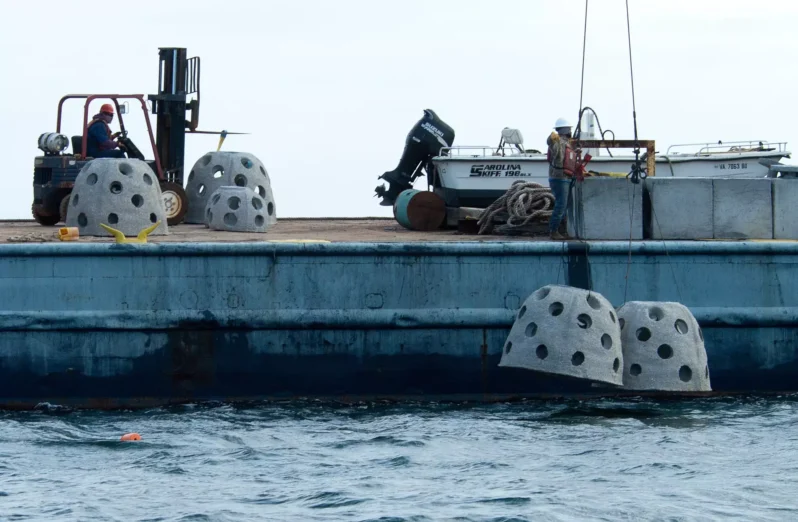
When Hurricane Idalia slammed into Florida’s Gulf Coast in August (2023), one of the hardest hit areas was Cedar Key. A nearly 7-foot storm surge battered the small fishing community…(NOAA) says Idalia caused an estimated $3.6 billion in damage…But on Cedar Key, when the water receded, scientists found some good news amid all the damage. Nature-based “living shoreline” projects built to protect roads, buildings and other structures were relatively undamaged…
Here’s How the Next Two Atmospheric Rivers Will Affect California – the New York Times

A “Pineapple Express” hitting California through Thursday will set the stage for another week of unsettled weather across the state…
Record-setting storm wallops East Coast with flooding, high winds – the Washington Post
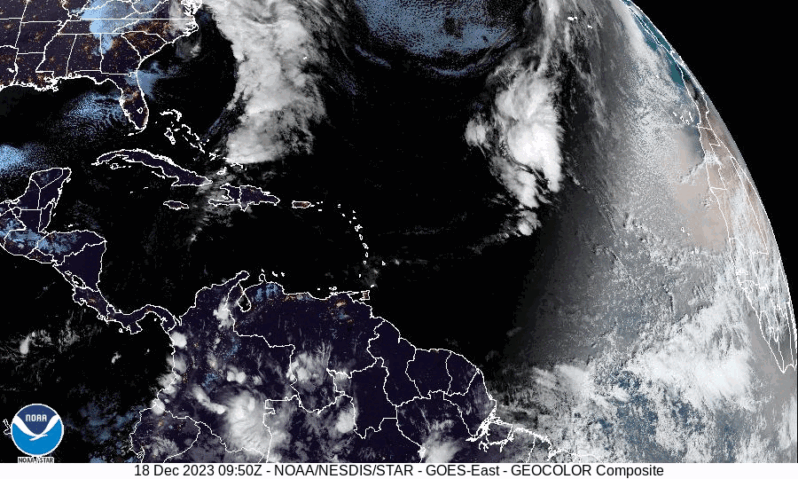
A historically intense December coastal storm is blasting the Northeast on Monday after unleashing heavy rainfall, coastal flooding and high winds from Florida to the Mid-Atlantic. More than 700,000 customers had no power midday Monday as gusts surpassed 60 mph in many locations in eastern New England…
